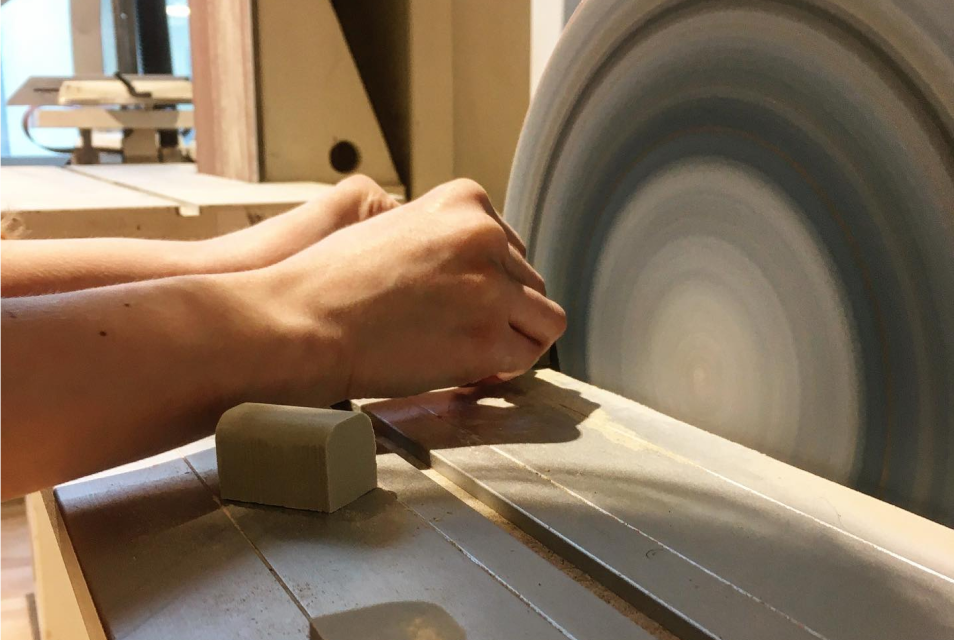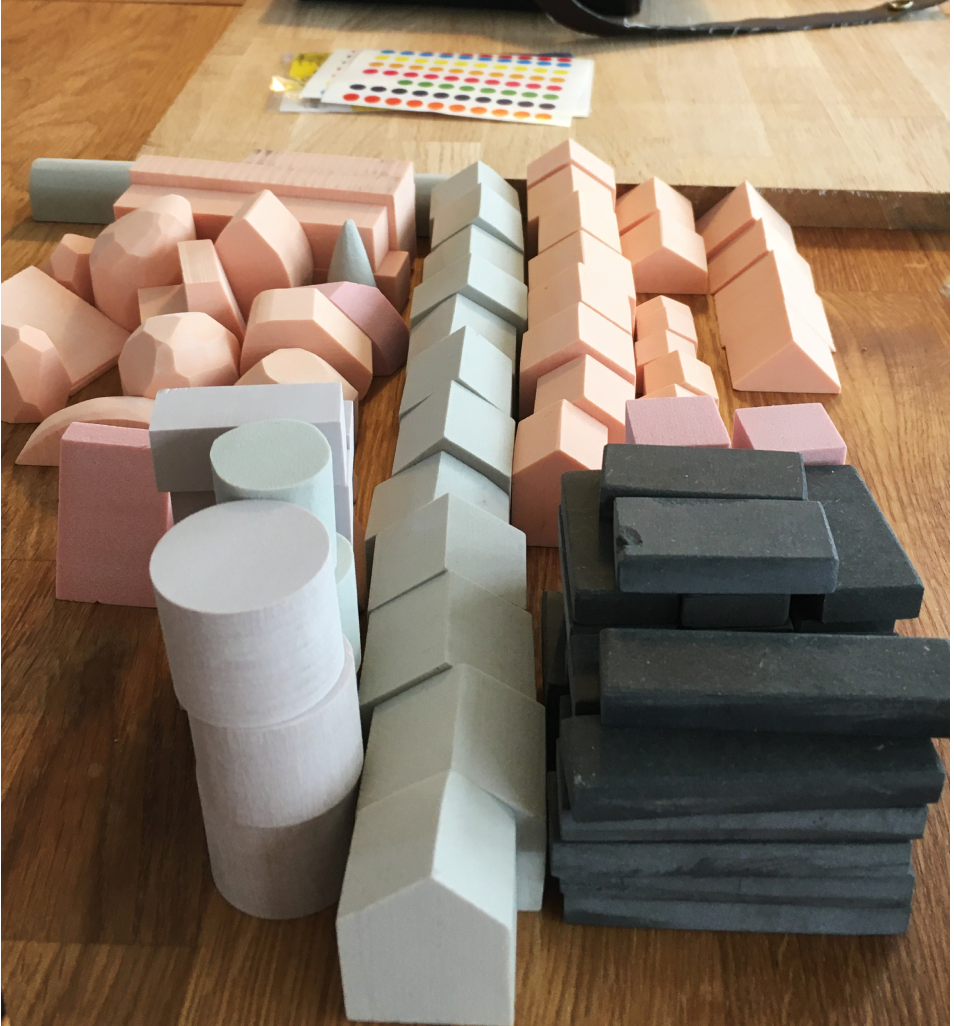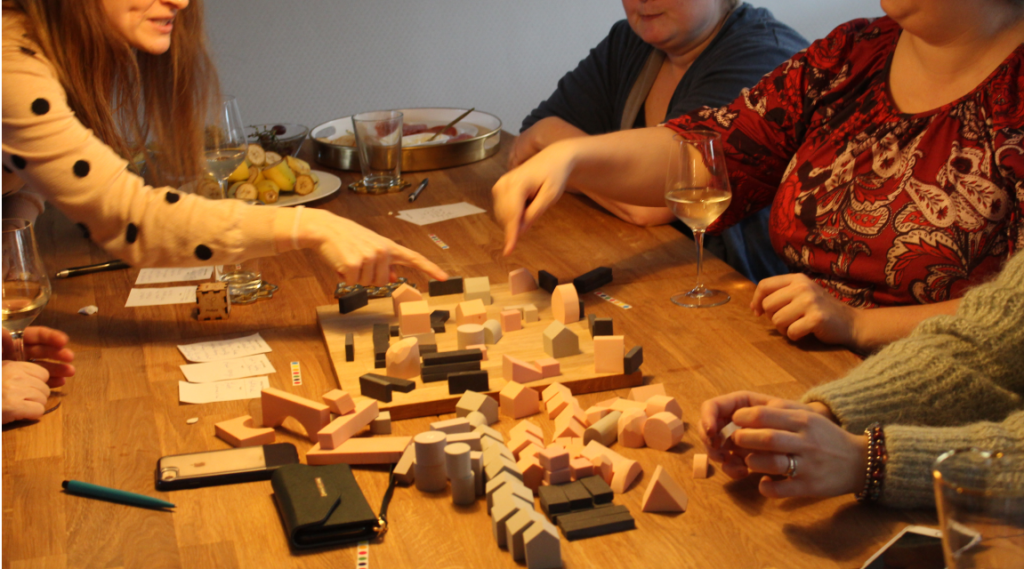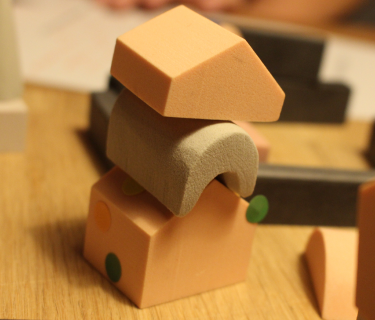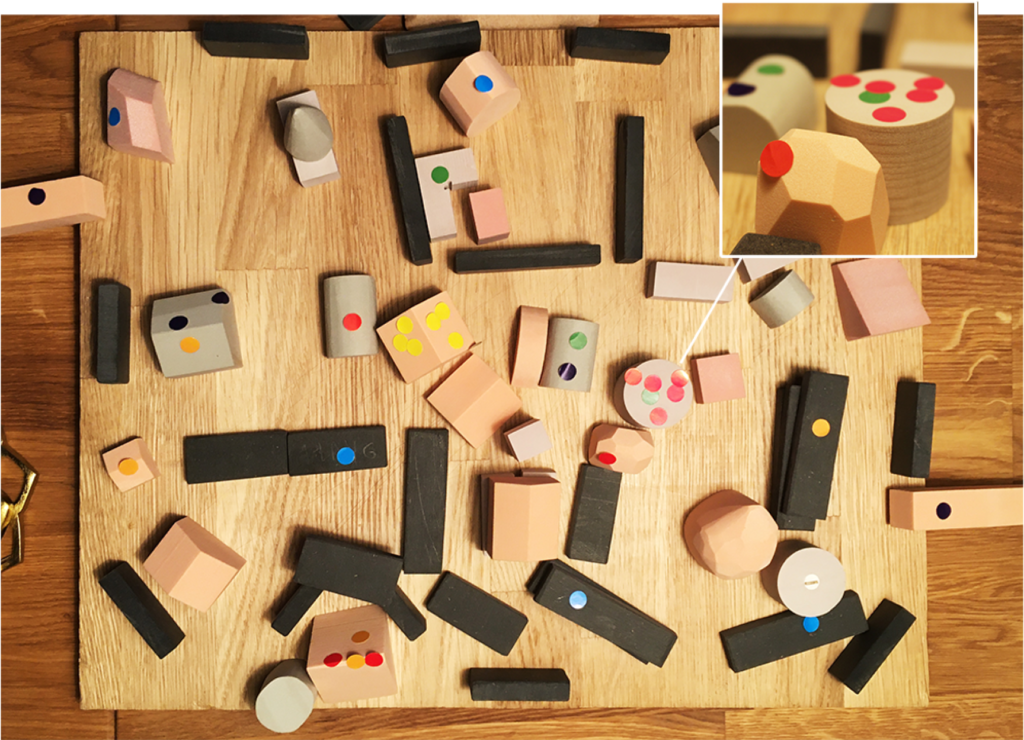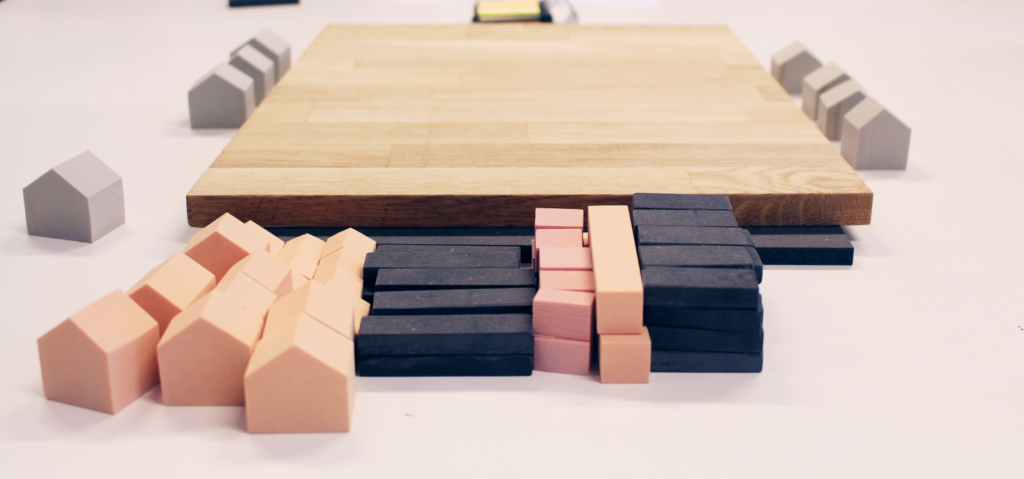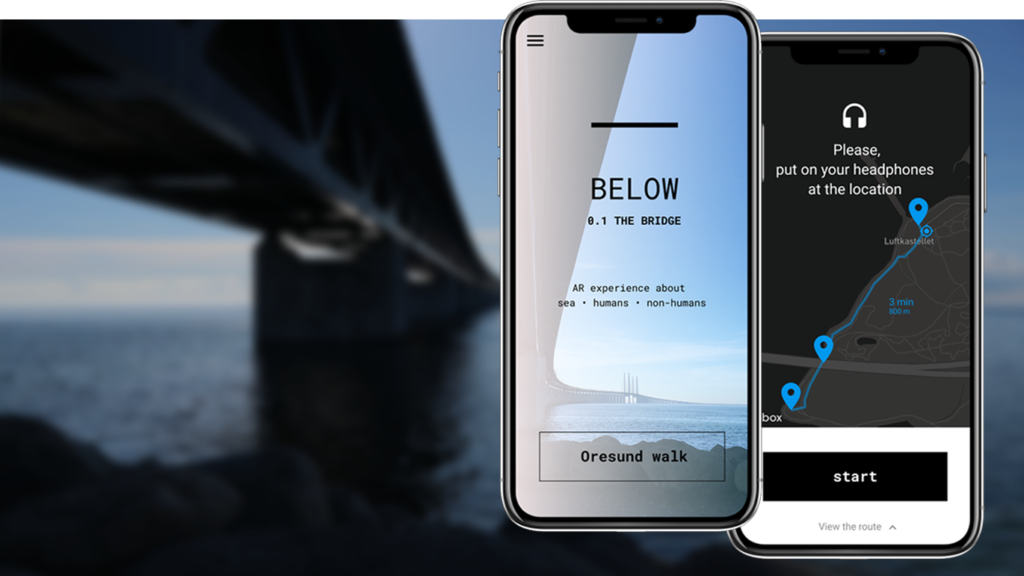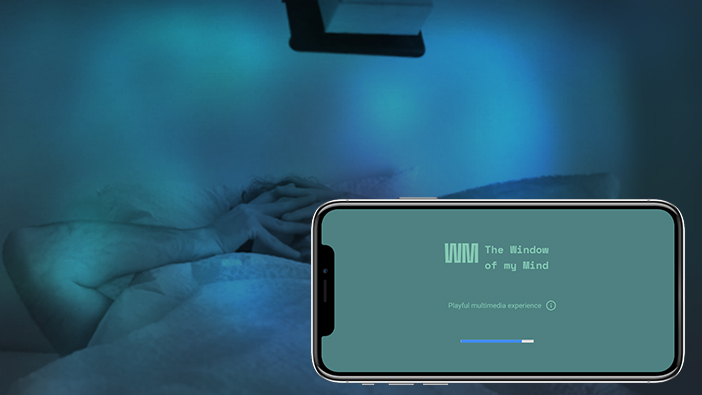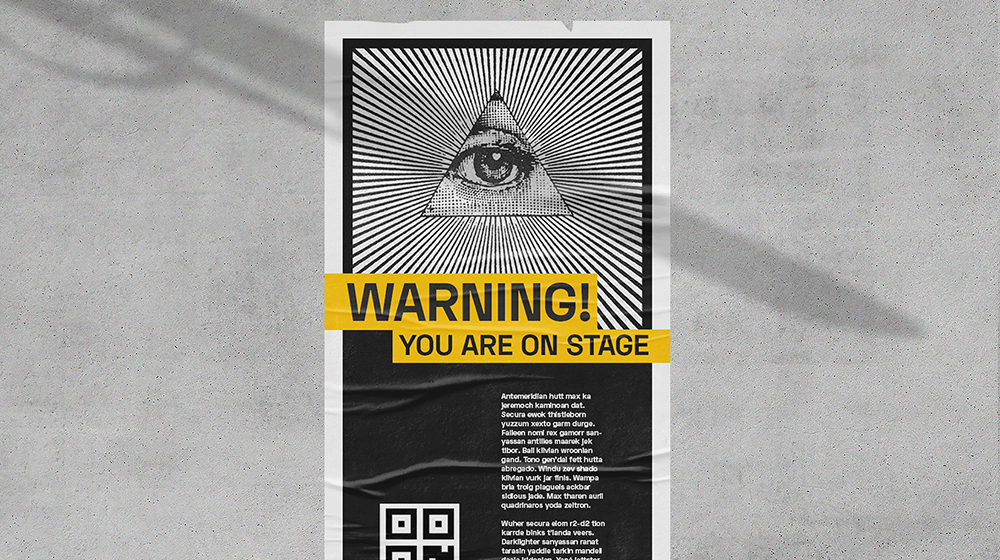Exploring Shared Living
Developing a tangible toolbox for generative workshops to envision socially and environmentally sustainable urban housing.
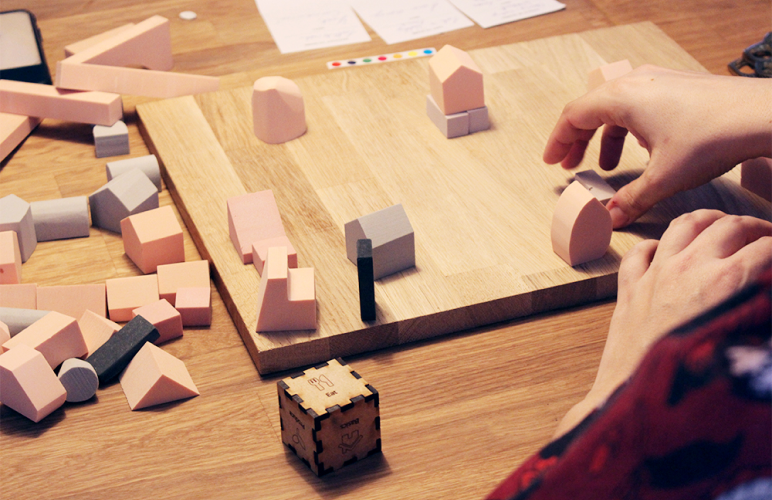
Time
8 weeks, 2020
Role
Ideation
Prototyping
Workshop facilitation
Stakeholder
Overview
If we may have to redefine the meaning of home and get used to the shared living model, what should be considered, when planning for a lifelong successful cohabitation?
A goal of the design process is to develop a toolkit for participatory workshops that serves as an instrument for expression, inspiration and idea generation. A toolkit aims to support city planners, urban developers, architects and designers, who want to initiate discussions about cohabitation in a group of potential neighbours.
background
Relational aspect of coliving
The experiments over the years, show that social factors are essential for shared living projects and it is important to timely address interpersonal relationships occurring between people.
A team of designers applies co-design methods to investigate through a series of workshops, how different groups of people might envision and negotiate private, personal and shared spaces as well as living conditions.
Design Process
Ideation & Prototyping
The design process started with open-ended materials, like styrofoam and paper. Experimenting with various sets of rules and quickly shaping and iterating physical components, eventually, we developed general principles of the design board game.
methodological outcome
Workshop Methods
01 What would you share?
02 Building a community
Workshop Insights
01 A tool for inspiration and expression
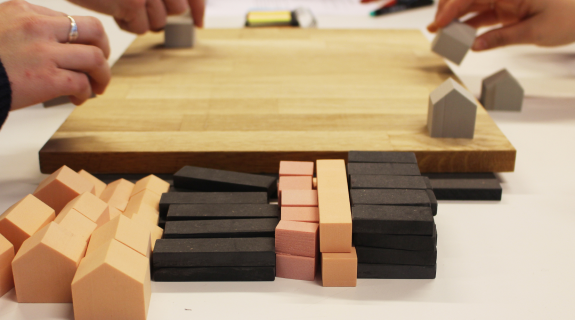
02 Workshop flow
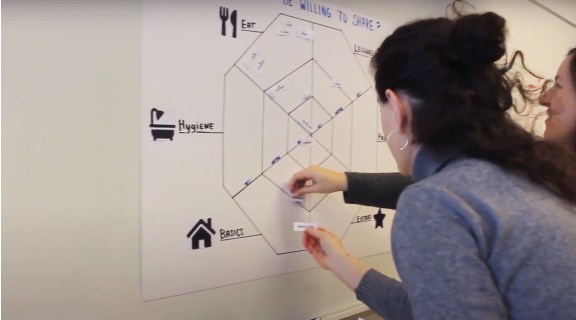
03 Scenarios keep it practical
04 Ambiguity fosters creativity
05 Documentation and analysis
design outcome
Tangible toolkit to explore relational aspects of coliving
Main characteristics
- Opens imagination about what kind of world/society people want to live in.
- Gives a voice to each participant.
- Helps to envision and explore what kind of practicalities, conflicts, and emotions could appear between people who share facilities and resources.
- Helps to explore personal boundaries about sharing.
- Captures the discussion and reflection.
Future Steps
Future research might apply this toolkit for a larger amount of interest groups, acknowledging intersectionality, or develop a series of workshops. Later explorations may contribute to a variety of materials, forms, the complexity of activities.


